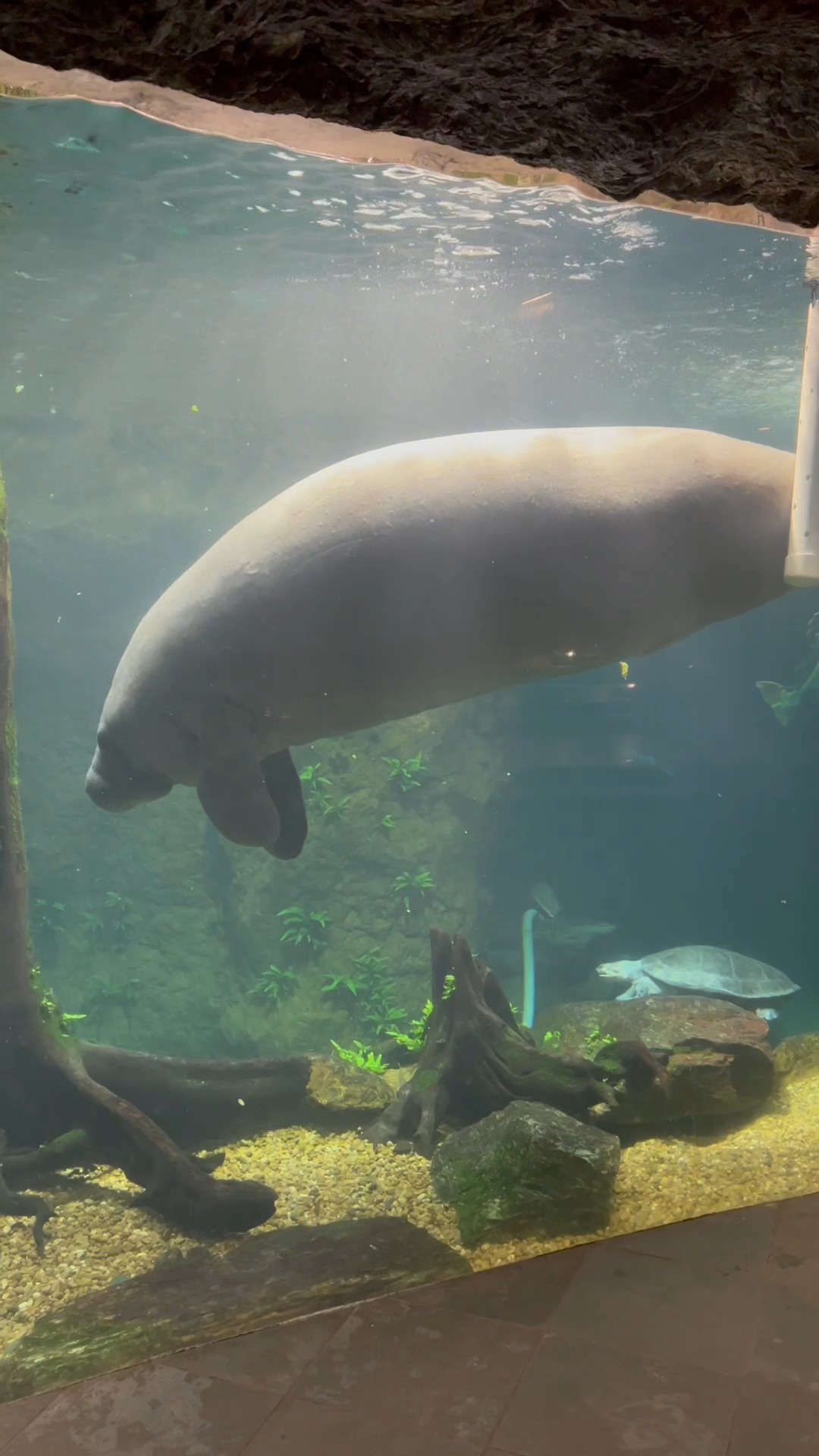- An exploration of the tranquil world of animals without the stress of public attention.
- Insights into zoo management techniques that prioritize animal well-being.
- The significance of conservation efforts in preserving biodiversity.
- Strategies for nurturing peaceful environments for zoo residents.
- Enhancements in zoological research benefiting wildlife conservation.
In the serene corners of our animal habitats, away from the buzz of visitors and the glare of public view, dwell some of our most peaceful residents. These animals thrive without the constant pressure of exhibition, embodying the quiet essence of nature itself. This exploration delves into their lives, offering a deeper understanding of their welfare and the pivotal role of zoological practices that safeguard their wellbeing while also emphasizing wildlife conservation.
When discussing zoo environments, it is crucial to recognize the importance of maintaining a stress-free habitat for animals. Unlike their wild counterparts, zoo inhabitants are often surrounded by human activity. This can lead to stress, impacting their health and behavior. Therefore, zoos that focus on providing peaceful spaces enable animals to express natural behaviors, enhancing their quality of life. Techniques such as designing spacious enclosures, using natural landscaping, and implementing quiet hours for rest significantly contribute to animal welfare. This approach not only benefits the animals but also enriches the educational experience for visitors who get to observe more authentic animal behaviors.
Zoo management today increasingly prioritizes animal well-being, reflecting a broader shift towards ethical and sustainable practices. This involves an understanding of animal psychology, ensuring that environments cater to the specific needs of each species. Modern zoos work with behavioral specialists and engage in continuous research to refine their methods. They provide enrichment activities that stimulate mental and physical health, such as puzzle feeders and varied terrain. These methods help replicate natural challenges animals face in the wild, promoting a healthier lifestyle.
The role of zoos in conservation efforts cannot be overstated. As natural habitats dwindle and climate challenges intensify, zoos serve as vital sanctuaries for endangered species. Through breeding programs and genetic management, zoos contribute to the preservation of species at risk of extinction. Furthermore, they act as educational platforms, raising awareness about biodiversity loss and strategies for its mitigation. By supporting scientific research and conservation initiatives, zoos play a critical role in global biodiversity efforts.
Creating tranquil environments for zoo inhabitants involves more than just habitat design. It requires a holistic approach considering diet, social structures, and health care. Nutrition plans are crafted based on the natural diet of each species, providing a balanced intake that supports their physiological needs. Additionally, understanding and accommodating social behaviors, whether solitary or group-oriented, is vital for psychological well-being. Regular health assessments by veterinary teams support proactive care, ensuring animals remain in optimal health.
Recent advancements in zoological research have significantly advanced wildlife conservation. Innovative technologies, such as GPS tracking and DNA analysis, allow researchers to gather detailed data on animal behavior and genetics. Zoos utilize this information to enhance breeding programs and improve welfare standards. Collaboration with global wildlife organizations enables the sharing of knowledge and resources, fostering a network dedicated to the sustainability of ecosystems.
By focusing on the quiet existence of our most peaceful residents, we highlight the profound impact of thoughtful zoo management and conservation practices. This approach not only ensures the well-being of animals within zoo environments but also contributes to broader efforts in preserving the intricate balance of our planet’s biodiversity.
*****
Source Description
No spotlight, no schedule. Just a quiet look at some of our most peaceful residents.


